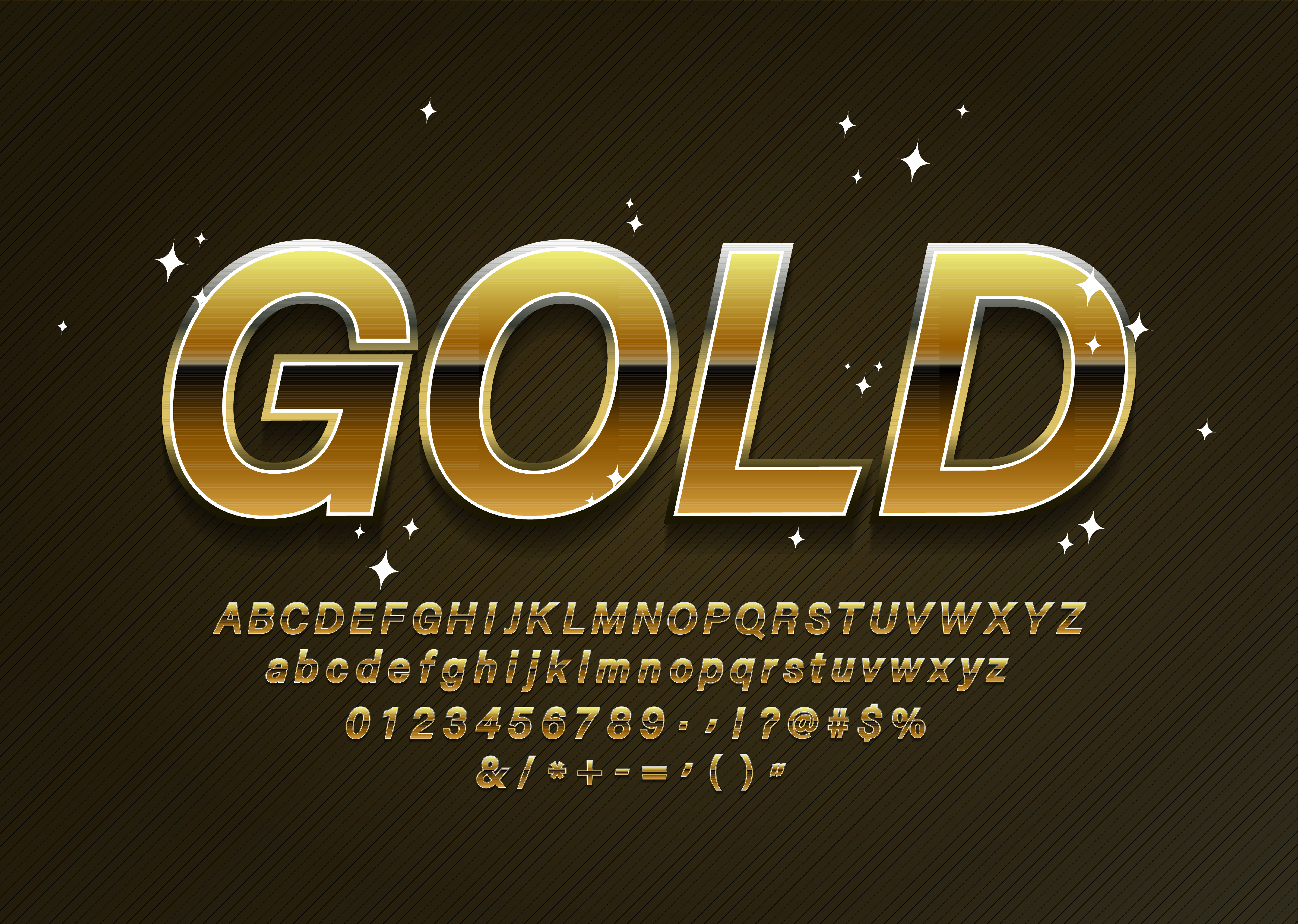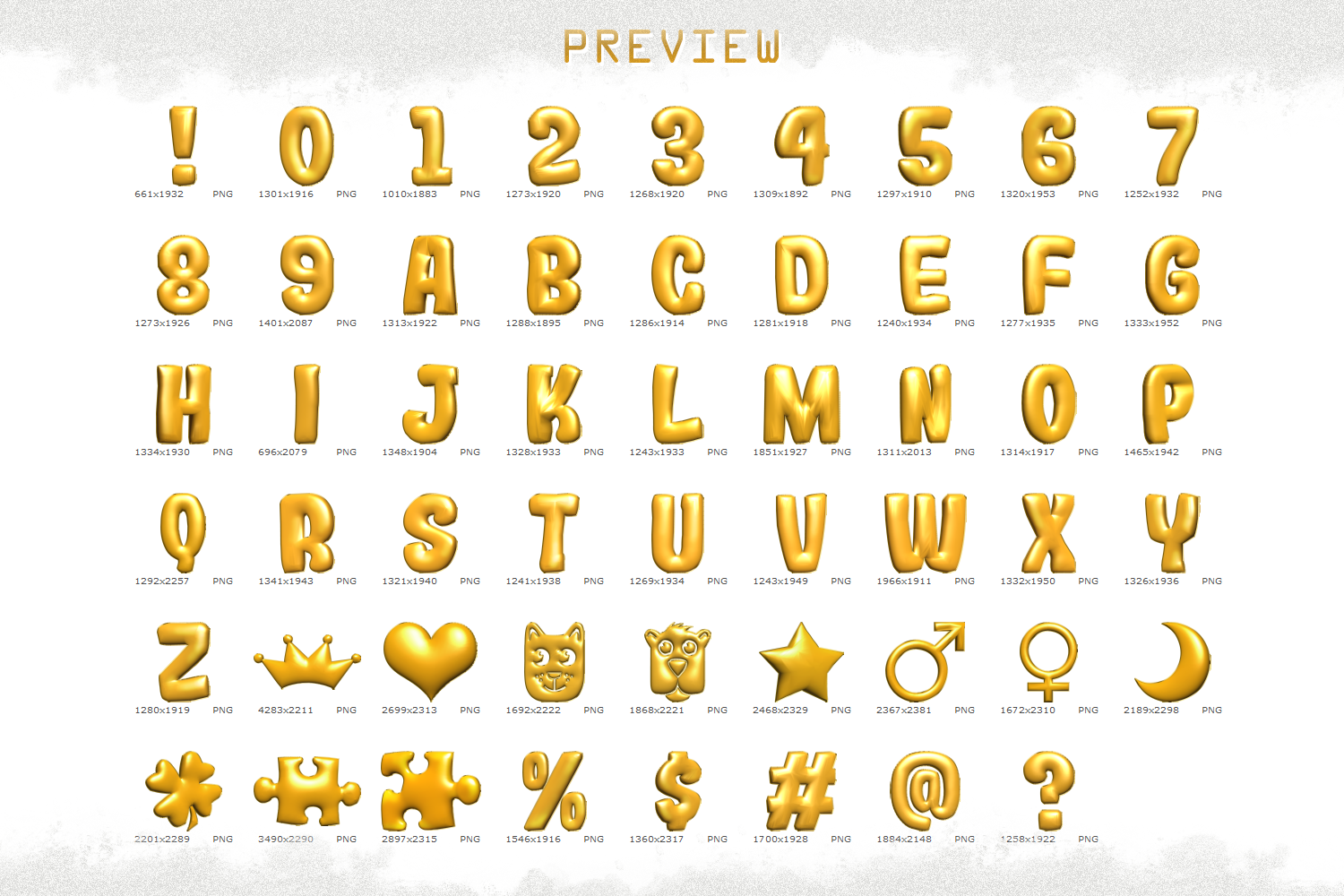


The UDB also decided that Urdu had 53 letters. A little earlier, Ghulam Rasool, a scholar and editor of Lahore's 'Inqelab', had declared in an article on Urdu short-hand (that was published by 'Zamana', Kanpur) that Urdu had 52 letters.Īs Baba-i-Urdu had done the spadework and had chalked out guidelines for such a huge dictionary - and it included streamlining the sequence and number of letters in Urdu alphabet - when the first volume of UDB's dictionary came out in 1977, it followed the basic scheme of letters accommodating aspirant sounds as envisioned by Moulvi Abdul Haq. The project could not go according to the plan and after 1947 it was merged with the Urdu Dictionary Board (UDB), which was entrusted with an identical task of compiling a monumental dictionary and Baba-i-Urdu was appointed its first Chief Editor. In 1930, Baba-e-Urdu began the gigantic task of compiling 'Lughat-i-kabeer', the most comprehensive Urdu-Urdu dictionary that was to have each and every word of Urdu with illustrative citations.
#Number of letters in alphabet full
It was Baba-i-Urdu Moulvi Abdul Haq who for the first time announced that the symbols denoting aspirant sounds ought to be given the full status of letters and, therefore, the words beginning with them should be properly sequenced in Urdu dictionaries. Most of the Urdu primers and readers written with a view to teaching basic Urdu gave 36 'single' or 'un-compounded' letters that were followed by separately listed 'compound' letters denoting aspirant sounds such as bh, ph, kh, chh, etc.

Till the first quarter of the last century, there was a kind of tacit consensus on the total number of letters in Urdu alphabet and it was generally believed that Urdu had 35 or at the most 36 letters. He had listed only 32 Urdu letters and excluded all letters denoting aspirant sounds as well as some other letters because he wrongly believed that Urdu was just a dialect of Persian. Earlier, Benjamin Schulz, a German missionary, had written 'A grammar of Hindustani language' in Latin in 1741. In the same book, on another occasion he has raised the number to 91 and even to 92. Though appreciably ingenious and a connoisseur of the language, he is a bit erratic when it comes to the total number of Urdu letters and gives different figures at one point he writes that Urdu has 85 letters and then elsewhere he puts the figure at 86. It is the first book ever written by a native speaker on the Urdu language and its grammar. Insha Allah Khan Insha (1756/57-1818), a witty and intelligent poet and prose writer of Urdu who was the first to use English words in Urdu ghazals, wrote in 1808 'Darya-i-latafat'. Many may take exception to this declaration. The reason why I am dredging it up today is that Muqtadira Qaumi Zaban or the National Language Authority (NLA), the official authority responsible for preparing Urdu for implementation as an official language, has declared that Urdu has exactly 58 letters.

But the controversy over the total and correct number of letters in Urdu alphabet has been raging for over 200 years now. How many letters are there in the Urdu alphabet? I wish I could answer this question in unambiguous terms.


 0 kommentar(er)
0 kommentar(er)
